OVERVIEW
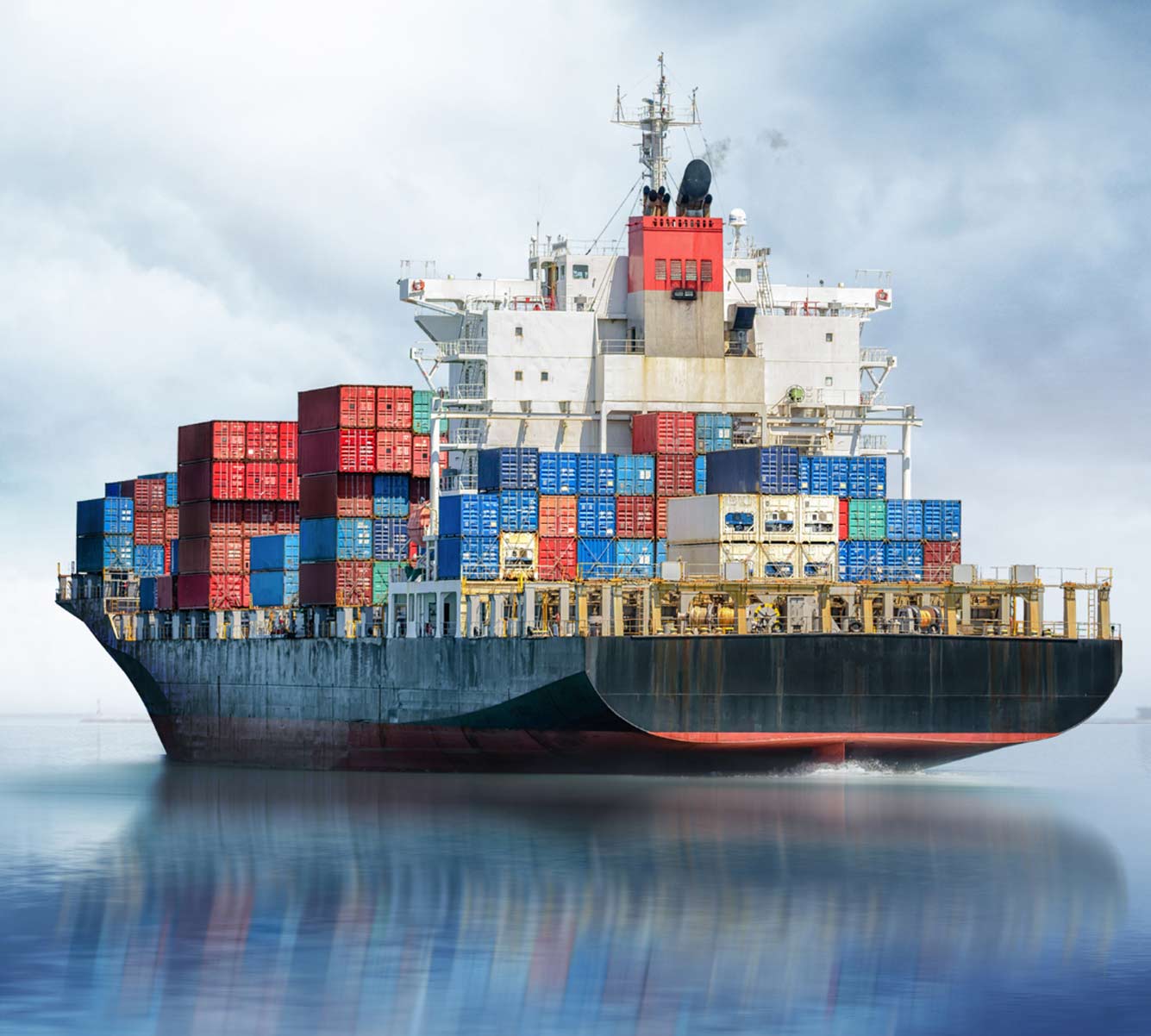
BMP+, a revolutionary biofouling management solution, stands at the forefront of environmental and maritime innovation. Developed by Intergy, this custom software application is instrumental in promoting best practices and environmental stewardship within the marine vessel industry. It serves as a comprehensive system for reporting, managing, and ensuring compliance among Australian shipping vessels. This groundbreaking technology not only addresses legal, safety, and administrative biofouling requirements but also plays a crucial role in minimising the detrimental environmental impacts often associated with marine transportation. Collaborating with BMP+ on this transformative project required in-depth comprehension of maritime intricacies, shipping vessels, industry compliance, environmental consequences, diving methodologies, and more, making it an engaging and enlightening venture for our team.
UNDERSTANDING BIOFOULING: A MARINE CHALLENGE
Biofouling encompasses the growth of various organisms on submerged surfaces of marine vessels, including hulls, propellers, and other niche areas. It can also extend to water ingresses and other natural or organic sources of damage or risk to a vessel. Effectively managing, documenting, and rectifying biofouling is paramount to the longevity and efficiency of a shipping vessel. Historically, the methods employed in this process were laborious and lacked technological sophistication. This prompted BMP+ to seek Intergy's expertise in developing a tailor-made application capable of facilitating comprehensive biofouling assessments while streamlining the entire management process.
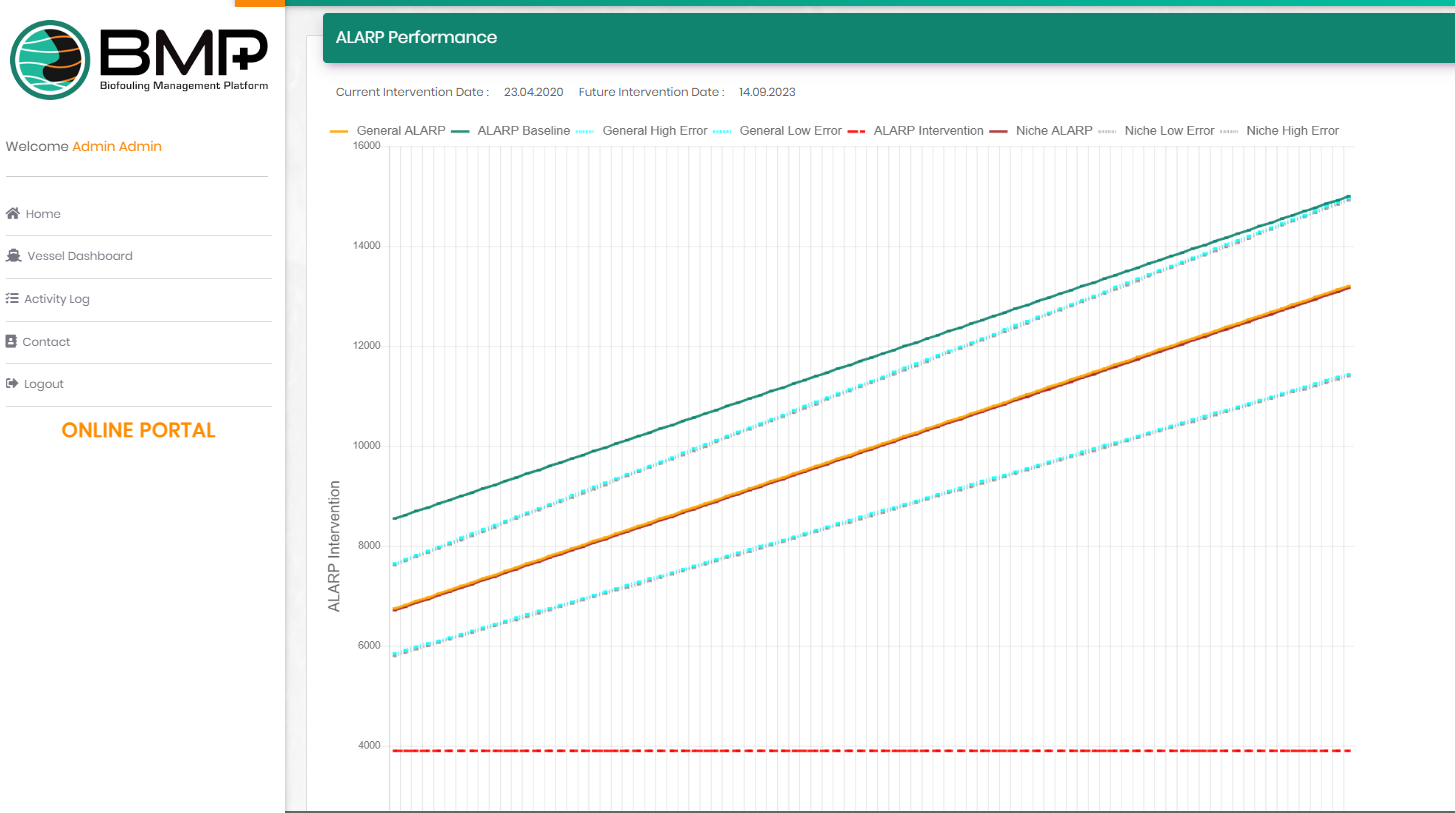
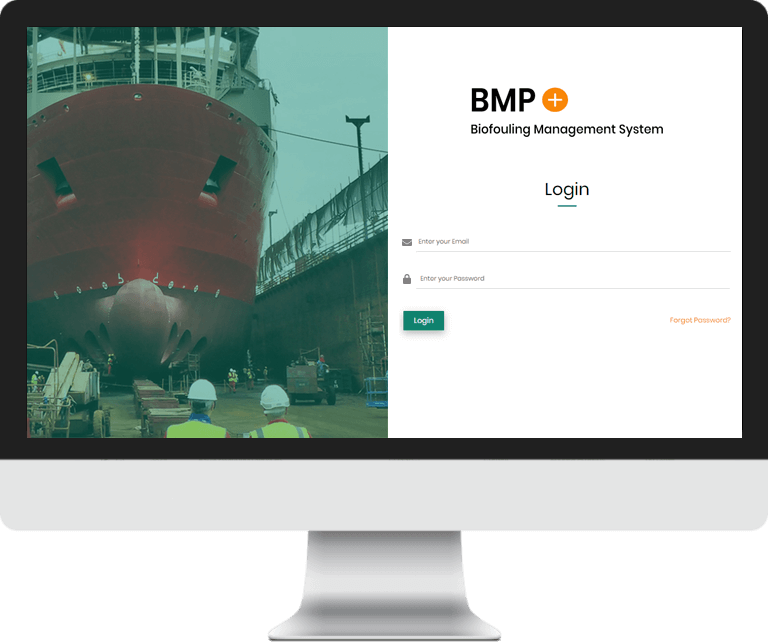
The Solution
Scope of the Custom Software Application
The application had to possess the following core capabilities:
- Offline Accessibility - To accommodate the often remote locations of shipping docks with limited network connectivity.
- Biofouling Assessment - To enable dry dock inspectors to conduct thorough biofouling assessments and document their findings.
- Visual Representation - To empower inspectors with a virtual shipping vessel image, which could be manipulated to visually convey risks, hazards, biofouling locations, water ingresses, and other pertinent issues.
- Dive Path Tracking - To facilitate underwater dive path tracking for divers, ensuring comprehensive assessments.
- Role-Based Access - To grant specific access permissions based on individual roles within the assessment process.
- Cloud Integration - To allow administrators to upload data to a cloud-hosted server, facilitating reference and reporting.
- ISWS, Water, and Biofouling Inspections - To support various inspection types within the industry.
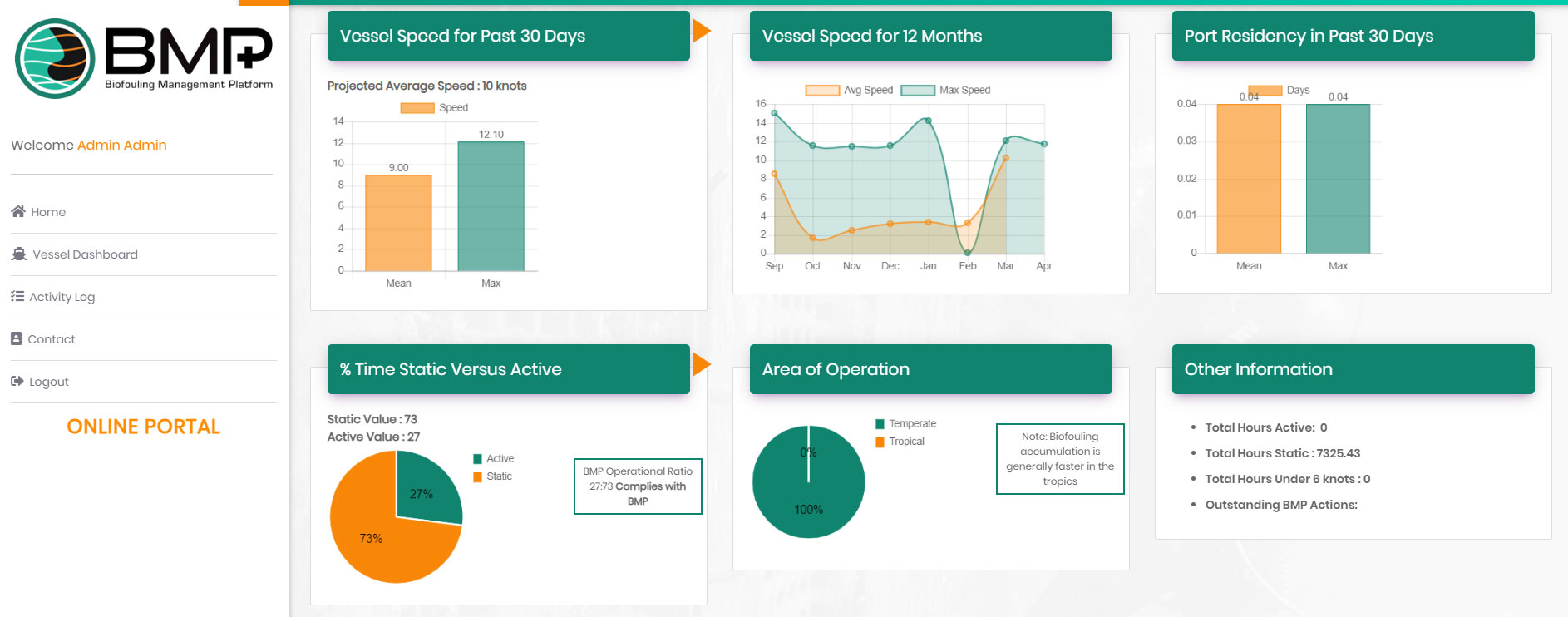
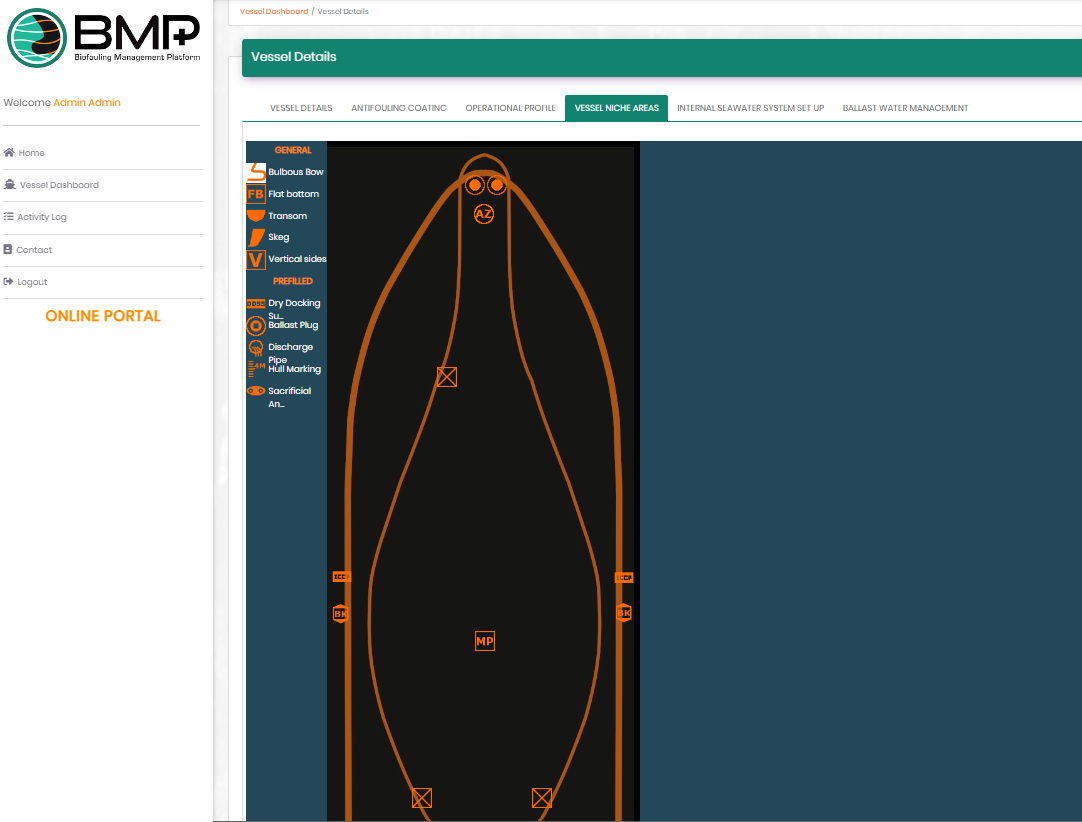
System architecture
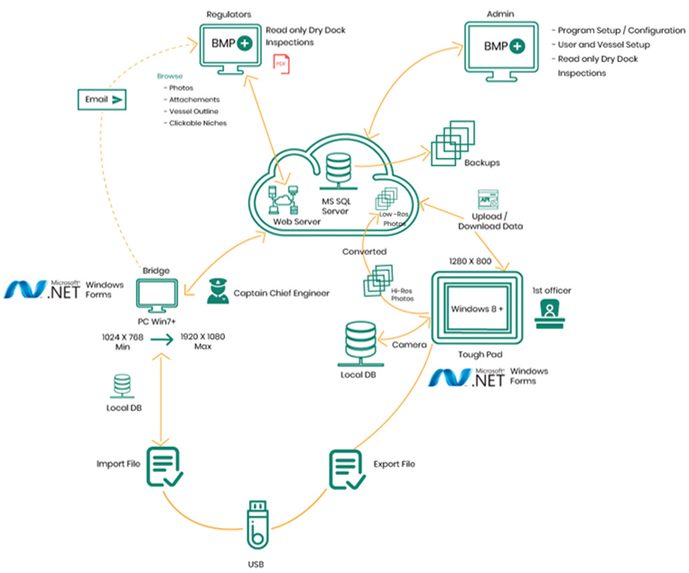
data flow diagram
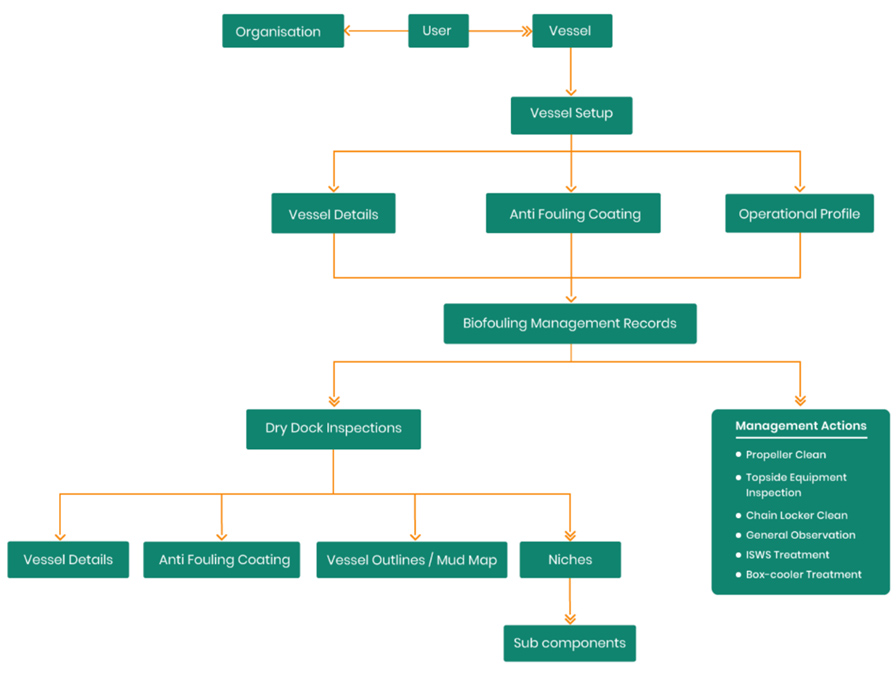
What this means for the Environment
Preventing biofouling can be beneficial for the environment in several ways:
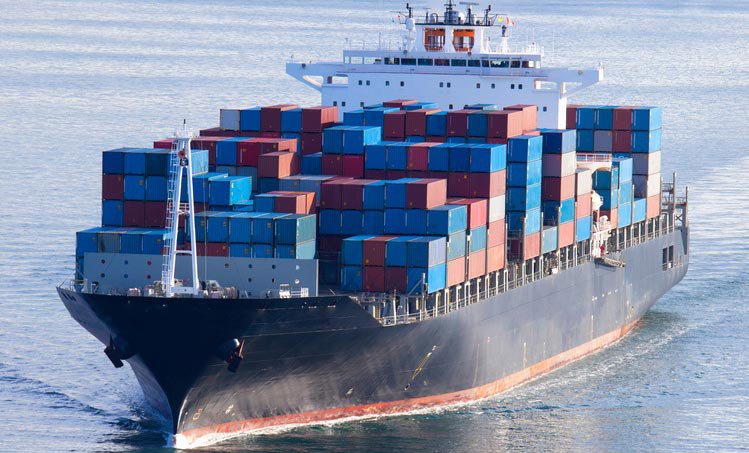
Biofouling can facilitate the transport of invasive species to new regions. Organisms attached to ship hulls or equipment in one location can be carried to different ecosystems when vessels or equipment are moved. These invasive species can outcompete native species, disrupt local ecosystems, and lead to ecological imbalances. Further to this, it can lead to the displacement of native species in favor of fouling organisms. Preventing biofouling can help preserve the diversity of native species in a particular ecosystem and maintain the ecological balance.
In the case of large vessels, such as ships that would be managed on BMP+, heavy biofouling on the hull can significantly reduce fuel efficiency due to the drag and corrosion it causes. By preventing excessive biofouling, vessels can operate more efficiently, leading to reduced fuel consumption and lower emissions, which is beneficial for air quality and the reduction of greenhouse gases. Biofouling also reduces maintenance requirements and the potential for leaks or environmental contamination from corrosion.
By developing a custom software application in BMP+, Intergy were proud to innovate a new solution in an industry that few are aware of, but which has significant environmental impacts and can contribute to a more sustainable future. Working on BMP+ has also given us extensive experience in adhering to environmental sustainability requirements within the maritime industry, which we can apply to other legislated fields.




